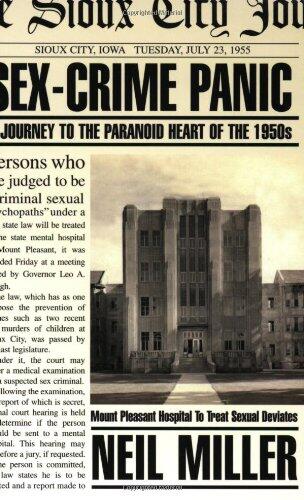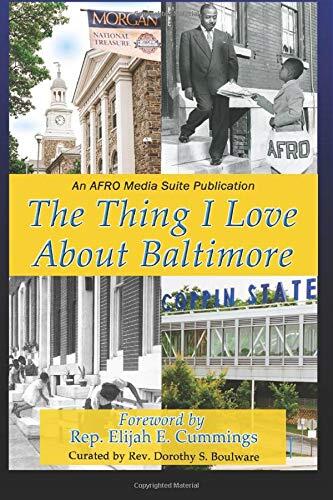
Sex-Crime Panic: A Journey to the Paranoid Heart of the 1950s
par
Neil Miller
Pas encore d'évaluations
Children’s
History
LGBTQ+
Format
Broché
Pages
240
Langue
Anglais
Publié
Jan 1, 2009
Éditeur
Alyson Books
Édition
1
ISBN-10
1555836593
ISBN-13
9781555836597
Description
In the mid-1950s, the small town of Sioux City, Iowa, became the backdrop for a series of events that would ignite a local and national frenzy. Following the tragic murders of two children, the community found itself gripped by fear and suspicion, leading to an intense investigation that reflected the era's anxieties. As hysteria mounted, the search for a culprit spiraled out of control, revealing the darker tendencies within society at that time.
Neil Miller takes readers on a captivating journey through this era of paranoia, as he unpacks how fear around crime influenced social dynamics and public behavior. The heart of the 1950s lay exposed, revealing a community that grappled with profound moral questions while struggling to maintain its identity amidst chaos. Through a blend of historical context and compelling narratives, the book examines the consequences of fear-driven responses to crime and the long-lasting impact they had on societal perceptions of safety.
Miller's exploration delves into the psychology of panic, exploring how the escalation of fear transformed not only law enforcement tactics but also everyday life in America. He scrutinizes the media's role in amplifying these fears, illustrating how sensational stories fueled a fervor that often overshadowed the facts.
As the narrative unfolds, readers gain insight into the human experience at the heart of these events—how families, communities, and individuals confronted their own vulnerabilities. In shedding light on a pivotal moment in moral history, Miller challenges us to reflect on the balance between fear and reason in our ongoing relationship with societal safety.
Neil Miller takes readers on a captivating journey through this era of paranoia, as he unpacks how fear around crime influenced social dynamics and public behavior. The heart of the 1950s lay exposed, revealing a community that grappled with profound moral questions while struggling to maintain its identity amidst chaos. Through a blend of historical context and compelling narratives, the book examines the consequences of fear-driven responses to crime and the long-lasting impact they had on societal perceptions of safety.
Miller's exploration delves into the psychology of panic, exploring how the escalation of fear transformed not only law enforcement tactics but also everyday life in America. He scrutinizes the media's role in amplifying these fears, illustrating how sensational stories fueled a fervor that often overshadowed the facts.
As the narrative unfolds, readers gain insight into the human experience at the heart of these events—how families, communities, and individuals confronted their own vulnerabilities. In shedding light on a pivotal moment in moral history, Miller challenges us to reflect on the balance between fear and reason in our ongoing relationship with societal safety.
Avis
Aucun avis pour le moment
Soyez le premier à donner votre avis sur ce livre et partagez vos pensées
Ajouter le premier avisJournal de lecture
Aucun journal de lecture trouvé
Commencez à suivre vos progrès de lecture pour voir les journaux ici
Ajoutez votre premier journal de lectureNotes
Journal des transactions
Aucun journal de transactions trouvé
Commencez à suivre vos transactions de livres pour voir les journaux ici
Ajoutez votre premier journal de transactions


![Reports of Cases Argued and Ruled at Nisi Prius, in the Courts of King's Bench & Common Pleas, and on the Circuit Volume 8; From the Sittings in Michaelmas Term, 1823, to [Easter Term, 4 Vict. 1841]](https://images.bookpine.com/4b9c594d-4d58-43b5-97ae-8e008aaad771.jpg)














